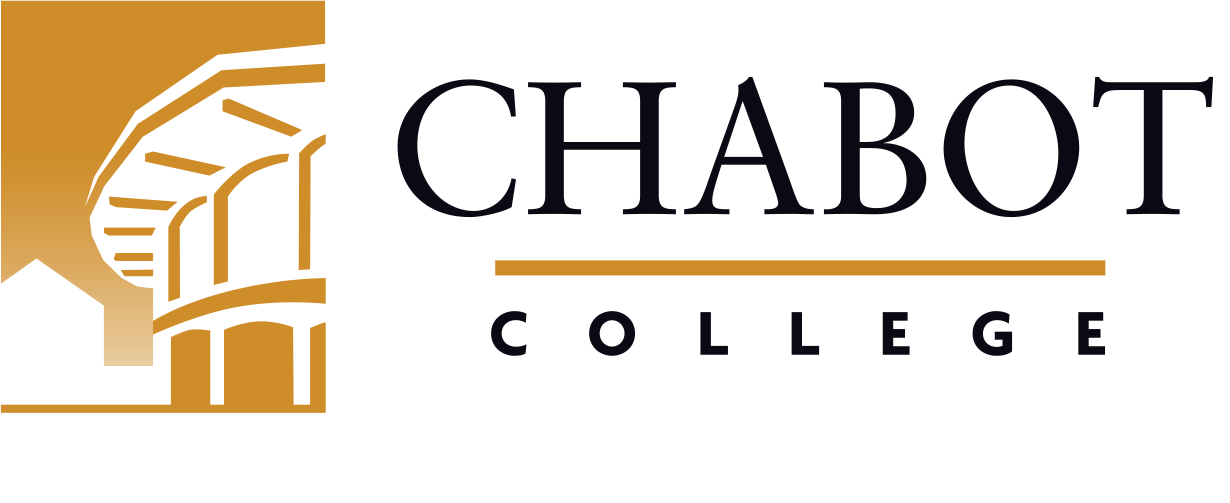
Course Outline for Chemistry 10
Introduction to Chemistry
Effective: Fall 2016
SLO Rev: 05/19/2016
SLO Rev: 05/19/2016
Catalog Description:
CHEM 10 - Introduction to Chemistry
4.00 Units
A non-mathematical survey of the basic concepts of chemistry that stresses a humanistic approach. Designed for non-science majors. Topics include basic structure, properties and reactivity of matter and energy as they relate to environmental issues, nutrition, medicine, material science and other current topics.
1905.00 - Chemistry, General
Letter Grade Only
| Type | Units | Inside of Class Hours | Outside of Class Hours | Total Student Learning Hours |
|---|---|---|---|---|
| Lecture | 3.00 | 54.00 | 108.00 | 162.00 |
| Laboratory | 1.00 | 54.00 | 0.00 | 54.00 |
| Total | 4.00 | 108.00 | 108.00 | 216.00 |
Measurable Objectives:
Upon completion of this course, the student should be able to:
- explain basic structure and components of matter;
- explain relationships between chemicals (reactivity) and energy;
- identify and describe ways that chemistry affects everyday life;
- explain scientific principles and make informed choices as to environmental, medical and/or nutritional decisions;
- apply and explain the scientific method as it relates to chemistry;
- follow laboratory safety rules;
- perform basic measurements.
Course Content:
Course Content-Lecture
- Matter:
- States of matter
- Classifications of matter
- Physical and chemical properties of matter
- Basic atomic structure.
- Radioactivity.
- Energy and energy sources.
- Chemical bonding:
- Nonpolar and polar covalent (following the Octet Rule)
- Ionic
- Intermolecular forces.
- Basic chemical kinetics.
- Basic chemical thermodynamics.
- Chemical reactivity:
- Basic oxidation/reduction reactions
- Basic acid/base reactions
- Basic introduction to Organic Chemistry.
- Basic introduction to Biochemistry, Nutrition and Medicinal Chemistry.
Course Content- Laboratory
- Laboratory safety.
- Basic laboratory techniques:
- Measurement of volumes, masses and lengths
- Solubility and extraction
- Filtration
- Measurement of radioactive half-life using Geiger Counter
- Synthesis of organic compounds including polymers
- Paper chromatography
Methods of Instruction:
- Audio-visual materials, which may include any of the following: a. molecular models b. periodic tables c. films d. computer simulations e. PowerPoint presentations
- Demonstrations of chemical reactions and related phenomena
- Informal lecture with student questions encouraged
- Laboratory experimentation, including individual and group work
- Lecture/Discussion
- Laboratory
- Demonstration/Exercise
- Distance Education
Assignments and Methods of Evaluating Student Progress:
- Read chapter 1 of the textbook covering matter, energy and measurements and complete the online homework assignment covering the specific terminology of the chapter.
- After watching the corresponding video section of chapter 3 covering basic atomic structure, answer one of each set of three questions posted.
- Write a four-paragraph paper that summarizes, compares and contrasts, and identifies the significance of the content of two different articles written on the same current topic involving chemistry from information sources.
- Using molecular models, build and describe the shapes of various molecules, including ammonia, carbon dioxide and ozone.
- Add petroleum ether to a crushed sample of snack chips to extract the fat. After taking appropriate measurements, determine the percentage of fat in the chip and compare it to information listed on food label for that particular snack chip.
- Home Work
- Quizzes
- Written laboratory reports
- Exams/Tests
- Final Examination
- Written assignments that encourage critical thinking and analytical reasoning
Upon the completion of this course, the student should be able to:
- Develop an appreciation for and/or a better attitude toward the learning and use of science
- Students will apply scientific prinicples and communication skills to either a research or experimental project.
- Students will compare and contrast two sources of scientific information on a chemistry related topic and write a four paragraph analysis.
Textbooks (Typical):
- Suchocki (2013). Conceptual Chemistry (5th). Prentice Hall.
- Safety goggles approved for chemistry lab
- Lab coat or apron (optional)
- Calculator
Abbreviated Class Schedule Description:
A non-mathematical survey of the basic concepts of chemistry that stresses a humanistic approach. Designed for non-science majors. Topics include basic structure, properties and reactivity of matter and energy as they relate to environmental issues, nutrition, medicine, material science and other current topics.
Discipline:
Chemistry*